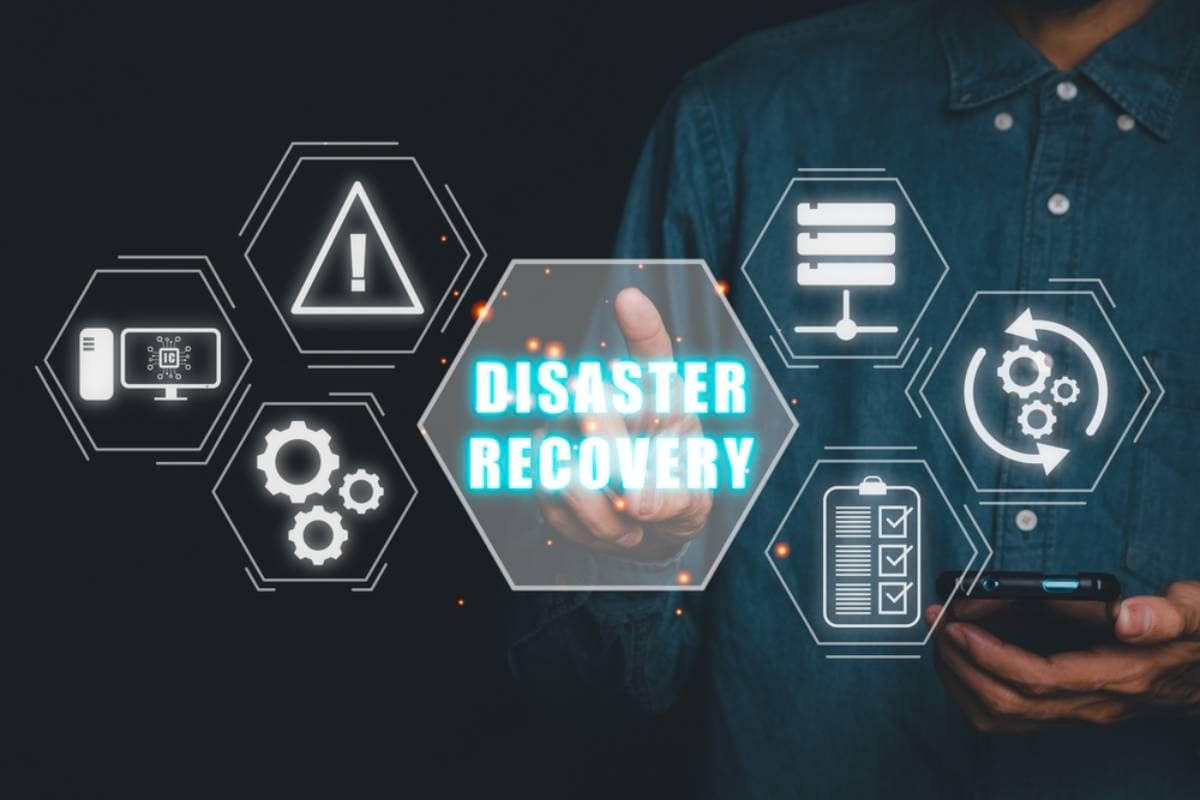Fast recovery when disaster strikes, so you stay operational when others don’t.

Hear from Our Customers

When your server crashes at 2 PM on a Tuesday, you need your data back now. Not next week. Not after you’ve lost customers and revenue.
Your business runs on data. Customer records, financial information, project files, email systems. Lose any of it, and you’re looking at days or weeks of downtime while you scramble to rebuild what you can.
The businesses that survive disasters are the ones that planned for them. They have systems in place that automatically backup their data, test their recovery processes regularly, and can restore operations quickly when something goes wrong. That’s what separates companies that bounce back from those that don’t recover at all.
CTS Computers has been protecting Shorewood area businesses for years. We’ve seen what happens when companies don’t have proper disaster recovery in place, and we’ve helped plenty of businesses recover from situations that could have been devastating.
Our team understands that every minute of downtime costs money. We know the difference between a backup that works on paper and one that actually gets you back online when you need it most.
When disaster strikes, you’re not calling some distant help desk. You’re working with local professionals who can be on-site quickly and who understand your specific business needs.

First, we assess your current systems and identify what needs protection. This isn’t just your main server – it’s your email, your databases, your applications, and any other systems your business depends on daily.
Next, we design a backup strategy that fits your business. Some data needs to be backed up continuously, other information can be backed up nightly. We set up automated systems that protect your data without slowing down your daily operations.
The critical part is testing. We regularly verify that your backups are working and that you can actually restore from them. Many businesses discover their backup systems don’t work only when they desperately need them. Finally, we document your disaster recovery plan so everyone knows exactly what to do when something goes wrong.

Ready to get started?
You get comprehensive data backup that runs automatically in the background. Your files are protected both locally and in the cloud, so you’re covered whether it’s a hardware failure or a building-wide disaster.
Business continuity planning ensures your entire operation can keep running, not just your data. This includes your phone systems, email, customer databases, and any specialized software your business relies on.
When you do need to recover, you get priority support to get your systems back online as quickly as possible. The goal isn’t just to restore your data – it’s to get your business operating normally again with minimal disruption to your customers and employees.
